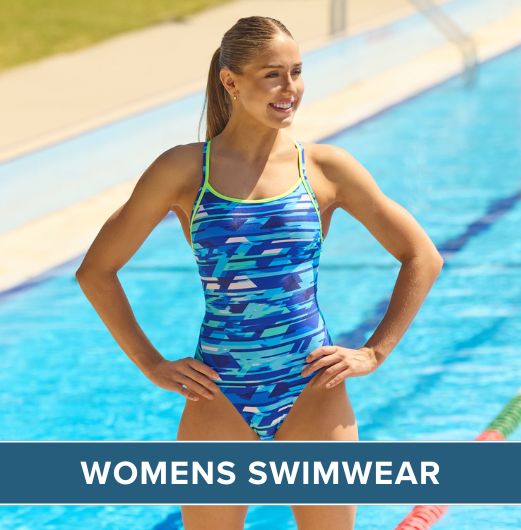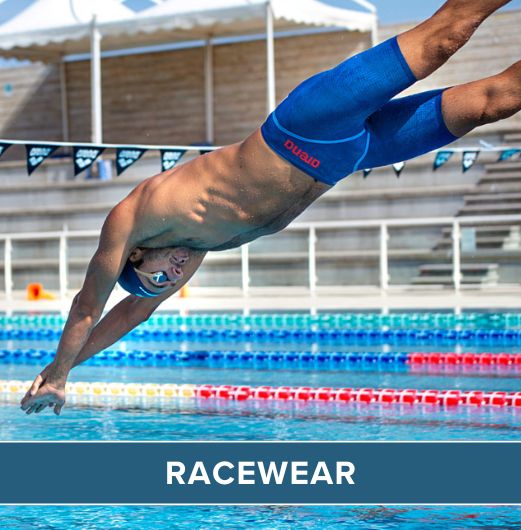Jumping into the pool to swim with a group of triathletes some five or so years ago I knew the learning curve was going to be pretty steep. But I had no concept of just how steep it would prove to be. But since that first swim session – some months after which the coach revealed “you looked like clothes in a washing pool as you thrashed and splashed your way up the pool” – I have progressed.
Slowly but surely I have discovered the complicated art of swimming through the water and not against it. I have learned about the importance of the “catch” in freestyle, body positioning, core strength, leg kick, head rotation, and so much more.
The key to swimming in a triathlon is that you use as little effort as possible, so that after the swim section you still have enough energy to complete the bike and run sections of the race. Of course, you still want to complete the swim in as fast a time as possible, but it is still important to balance effort and speed.

A guide to swimming with less effort
What’s the temperature? A swimming pool that is too warm can be over-bearing and exhausting. A pool that is to cool will inhibit your muscle range and movement. According to the National Oceanographic Data Centre most people feel comfortable in water that’s between 70 and 78F. If the water is a little cooler when you jump in try treading water or jumping up and down to warm up your muscles.
Lift weights: Adding a session or two of strengthening work to your weekly exercise timetable will help to improve your swimming ability. Core muscles are key to keeping your balance so that you can swim in a straight line and go as efficiently as possible through the water. An alternative to weights would be yoga or Pilates.
Rhythm of your breath: Breath too little and you’ll end up dizzy. Breathe too often and you’ll upset the rhythm of your stroke. The aim when swimming is to breathe every third stroke, and on alternating sides. Breathe by lifting one side of your face out of the water rather than picking up your whole head.
Minimise the drag: To swim effortlessly through the water you might want to consider becoming a dolphin! If you think about how streamlined these creatures are, you’ll realise that the reason they can swim so fast and efficiently is because they create very little drag in the water. The more your body creates drag in the water the slower it will be when swimming. So make sure you are swimming as smoothly through the water as possible. Join a coached session or ask a friend to video you while swimming. You will see all sorts of problems, such as a hand or arm that isn’t propelling you smoothly enough, a bent back or a raised head. Now you can work on correcting these small misdemeanours!
Different strokes: While freestyle (or the crawl) is the choice for most triathletes and competitive swimmers, breast-stroke or back stroke might suit you better. Try all of the strokes to work out which one you prefer. Remember that you still want to achieve some speed, but you also don’t want to burn up all your energy on your first lap.
Image source.



 Free Tracked UK Delivery
Free Tracked UK Delivery Hassle Free Returns
Hassle Free Returns Next Working Day OPTION
Next Working Day OPTION Found It Cheaper?
Found It Cheaper?














